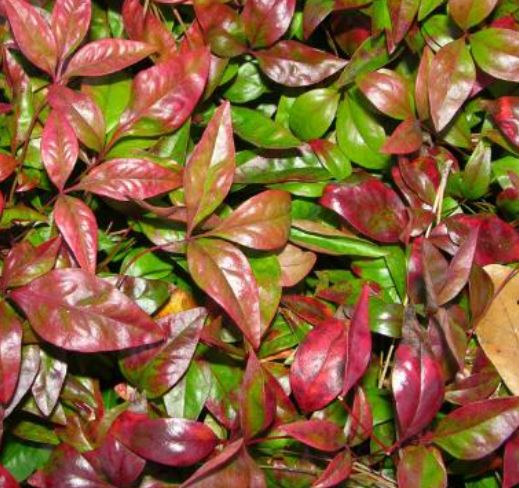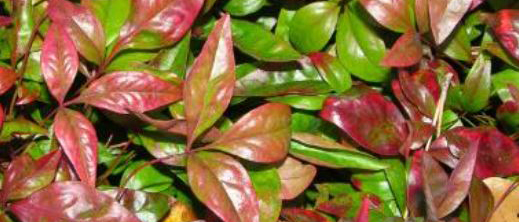Nandina

Florida-Friendly Landscaping™ in a Minute
Episode Archive
Episode #400 | Original Air Date: September 10, 2021
Related Resources
Transcript
Many invasive plants were originally planted in Florida landscapes because of their attractive foliage or flowers, and nandina is no exception.
Nandina, also called heavenly bamboo, has a spreading form with bamboo-like stalks and delicate, ferny foliage in shades of green and red, and red berries that are eaten by birds and other animals.
Nandina spreads via underground stems or germinating berries.
It can grow to a height of ten feet and can displace native species.
Nandina can be aggressive in the landscape and difficult to remove, so if you choose to add nandina to your landscape, be sure to select one of the sterile cultivars that have no berries or whose berries do not germinate.
Florida-Friendly Landscaping™ in a Minute is a production of the University of Florida’s Florida-Friendly Landscaping™ Program, IFAS Extension, and WUFT-FM in cooperation with the Florida Department of Environmental Protection.

